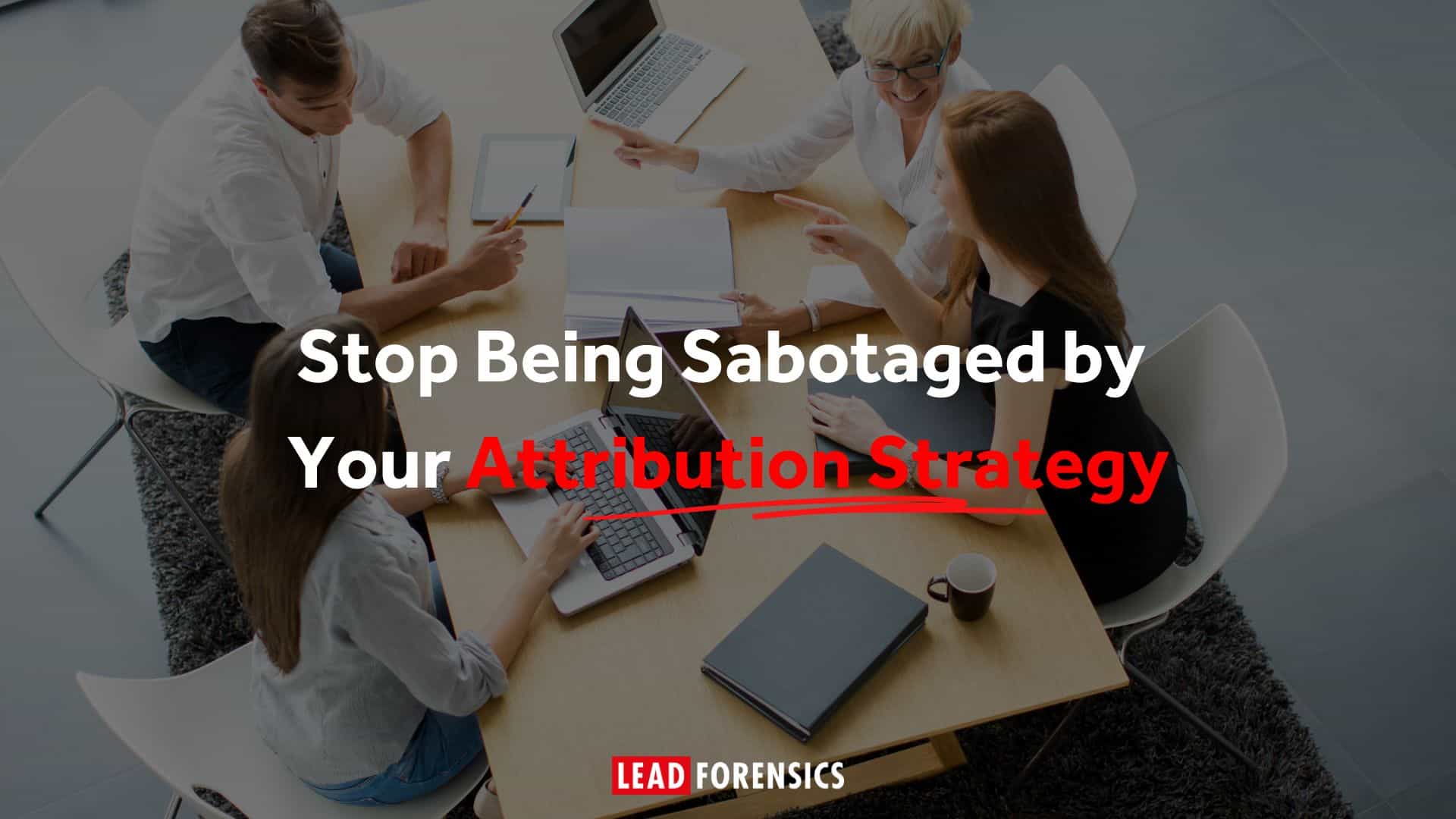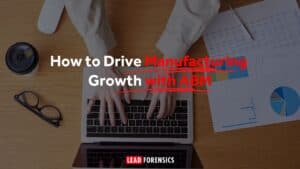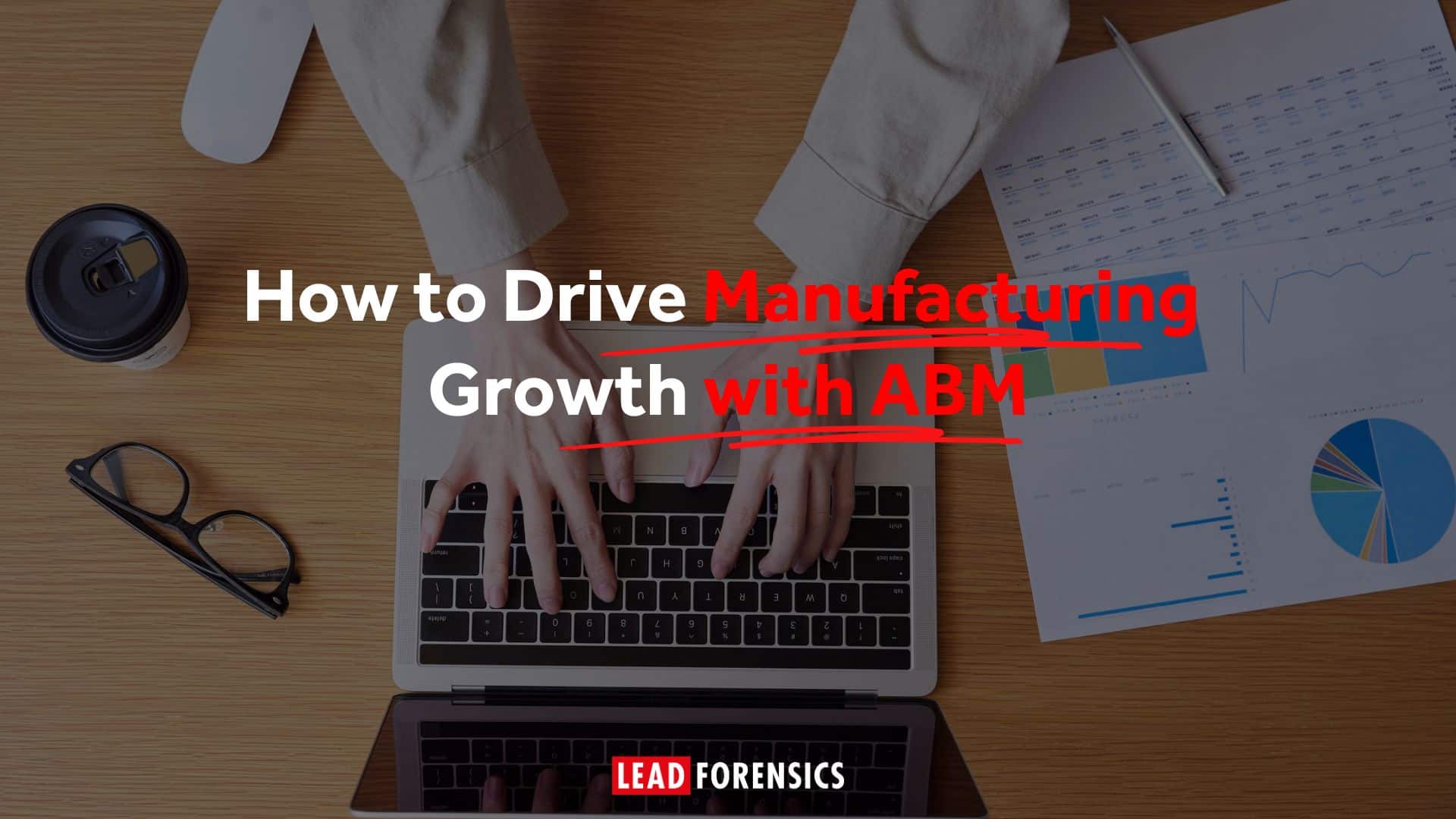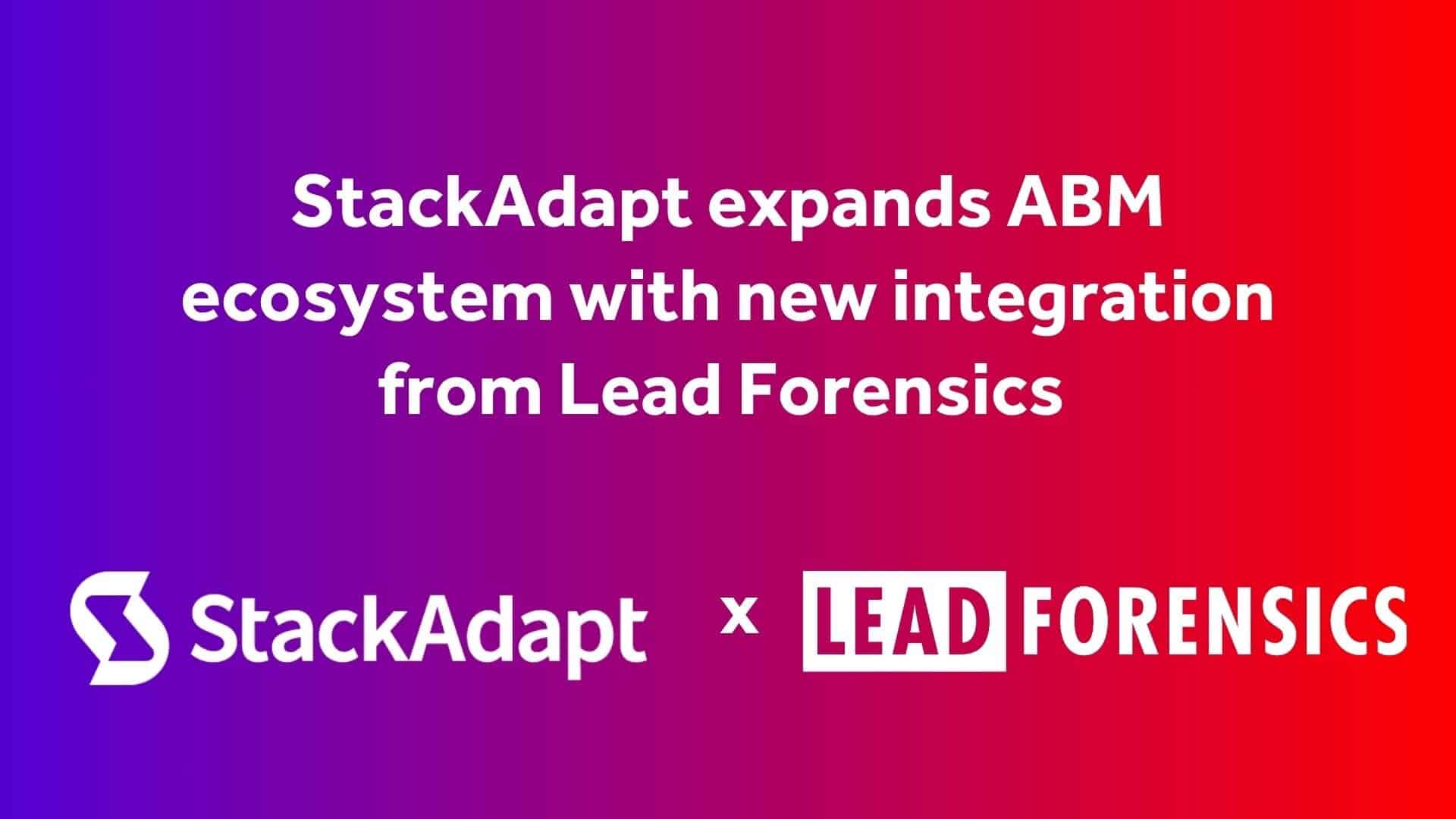Mat Morrison, Strategy Director at Digital Whisky, joined us for a webinar all about attribution strategies. During the 45-minute chat, he unpacked why many attribution strategies fail and what marketers can do to fix theirs.
The B2B Attribution Strategy Dilemma
B2B marketers face a unique set of challenges. Unlike consumer brands, B2B companies deal with:
- Long sales cycles
- Multiple decision-makers
- Small, highly targeted audiences
- Offline transactions
These factors make it nearly impossible to apply standard attribution models effectively.
The result? Misaligned KPIs, wasted budgets, and a struggle to prove marketing’s true value to leadership.
“We’re using tools built for a different sector and trying to squeeze our marketing into models that don’t fit,” Mat explained.
Why Your Attribution Model Might Be Holding You Back
It’s probably no surprise that many marketers are measuring what’s easy, not what matters. Marketing metrics like LinkedIn engagement or blog traffic may look impressive, but they often have little to do with actual business outcomes.
Mat shared an example of this: he wrote a blog about a PowerPoint hack, and it drove huge volumes of traffic, but the views weren’t from relevant people. It tempted him to consider writing more content about PowerPoint, just to drive up the numbers – but the blog was actually about advertising, so it would have been a waste of time.
The lesson? Big numbers can be seductive, but relevance is what drives revenue.
Building a Better Attribution Model
So, how can B2B marketers build attribution models that actually reflect reality?
1. Start with Strategy, Not Data
Rather than letting web analytics tools and platforms dictate your KPIs, begin with your business objectives and then identify the key results that support those goals.
This shift in mindset—from reactive to strategic—is foundational.
“Start with what your objectives are and then find a key result that supports that objective, rather than starting with the numbers you are given and working out what your objectives are,” Mat said.
2. Track the Right Touchpoints
Many valuable interactions go untracked, including:
- Executive LinkedIn activity
- PR coverage
- Event attendance
- Webinars
- Content engagement by company
When you know what you’re measuring, you need to find a way to attach some kind of company-level identifier to the numbers. Instead of looking at individual email addresses, you should think about all the contacts from that company together. This approach aligns better with how B2B buying decisions are made: by teams, not individuals.
“We throw away an awful lot of data when we’re building these models because they don’t come with an easy way of identifying the company,” Mat revealed.
3. Simplify Your Data Model
You don’t need a data science team or expensive tools to get started.
Mat recommends using lightweight tools like Google Sheets, Funnel, or Supermetrics to build a basic attribution model. The key is to track what matters and keep it forever, especially since platforms like LinkedIn and Google often purge historical data.
“What we have typically seen is that while advertising does a heavy lifting in terms of reach and frequency and onboarding, getting people the first touch, the closer one gets to a deal being signed, the more likely you are to see website traffic,” Mat shared.
The Power of Retrospective Analysis
Reverse attribution is a powerful strategy you can employ. It involves looking at deals that have already closed and tracing back the marketing touchpoints that influenced them.
For example, Digital Whisky worked with a biotech firm during the pandemic that was seeking acquisition. After the deal closed, they analyzed the acquirer’s digital footprint—site visits, ad exposure, email interactions—and discovered clear patterns of engagement leading up to the acquisition.
This kind of retrospective analysis not only validates marketing’s role but also helps build predictive models for future deals.
“We look at the deals that have been signed in the last quarter and then we track back to see who has been on the site and when and who has been contacted on email and when and who’s been contacted on link through LinkedIn advertising and so on. We look at all of those touch points, and then we can build a explanatory model which begins to value different channels relative to stage and journey,” Mat explained.
Creating Actionable Dashboards
A great attribution model is only as good as its ability to drive action.
One of the best ways to communicate performance is to build what Mat called a Key Client Reporting Dashboard. You need to include things like:
- Client exposure across each channel
- Filters by client name or group
- Gaps and opportunities in engagement
- Visualizations that resonate with non-marketing stakeholders
The goal is to move beyond vanity metrics and toward insights that inform budget allocation, campaign planning, and strategic decisions.
AI and Machine Learning: Helpful, Not Magical
Mat also shared that, while AI isn’t yet making strategic decisions at Digital Whisky, it’s playing a valuable supporting role.
AI tools are helping the business to:
- Generate custom code for attribution models
- Clean and match inconsistent company names across datasets
- Speed up manual data transformation tasks
However, Mat cautioned against over-reliance on AI for content generation or decision-making—at least for now.
Getting Leadership Buy-In
One of the most practical tips from the webinar was how to win over leadership with attribution insights.
Mat shared a story about a client who instantly recognized names from a LinkedIn lead gen campaign. That personal connection made the data real, and it was persuasive.
The takeaway? Use anecdotes and real examples to make your case. Show how marketing is influencing deals, not just generating clicks.
What Success Looks Like
While predictive attribution is still a work in progress for Digital Whiskey, their ability to demonstrate marketing’s involvement in revenue has improved dramatically. By focusing on closed deals and mapping backward, they can now confidently say, “Marketing helped make this happen.”
This shift from speculative to evidence-based marketing empowers teams to:
- Justify budget increases
- Reallocate resources to high-performing channels
- Align marketing with sales and business development
Don’t Let Platforms Set Your Goals
Mat’s parting advice was simple but powerful:
“The platform is not your friend. Don’t trust them to set your data objective… Instead start from your objectives and see what measurements there are across your entire toolbox that begin to feed into those objectives.”
Platforms are designed to keep users engaged and sell ads, not to help you meet your business objectives.
Ready to Rethink Your Attribution Strategy?
If your current model isn’t helping you prove value, secure buy-in, or drive growth, it’s time for a change. Start small, focus on what matters, and build a model that reflects the real complexity of B2B marketing.
And if you need more insight into which companies are visiting your website, consider website identification software like Lead Forensics.
Because when attribution works, marketing gets the credit it deserves—and the resources it needs to thrive.
Click here to book your demo and start uncovering more valuable insights.









